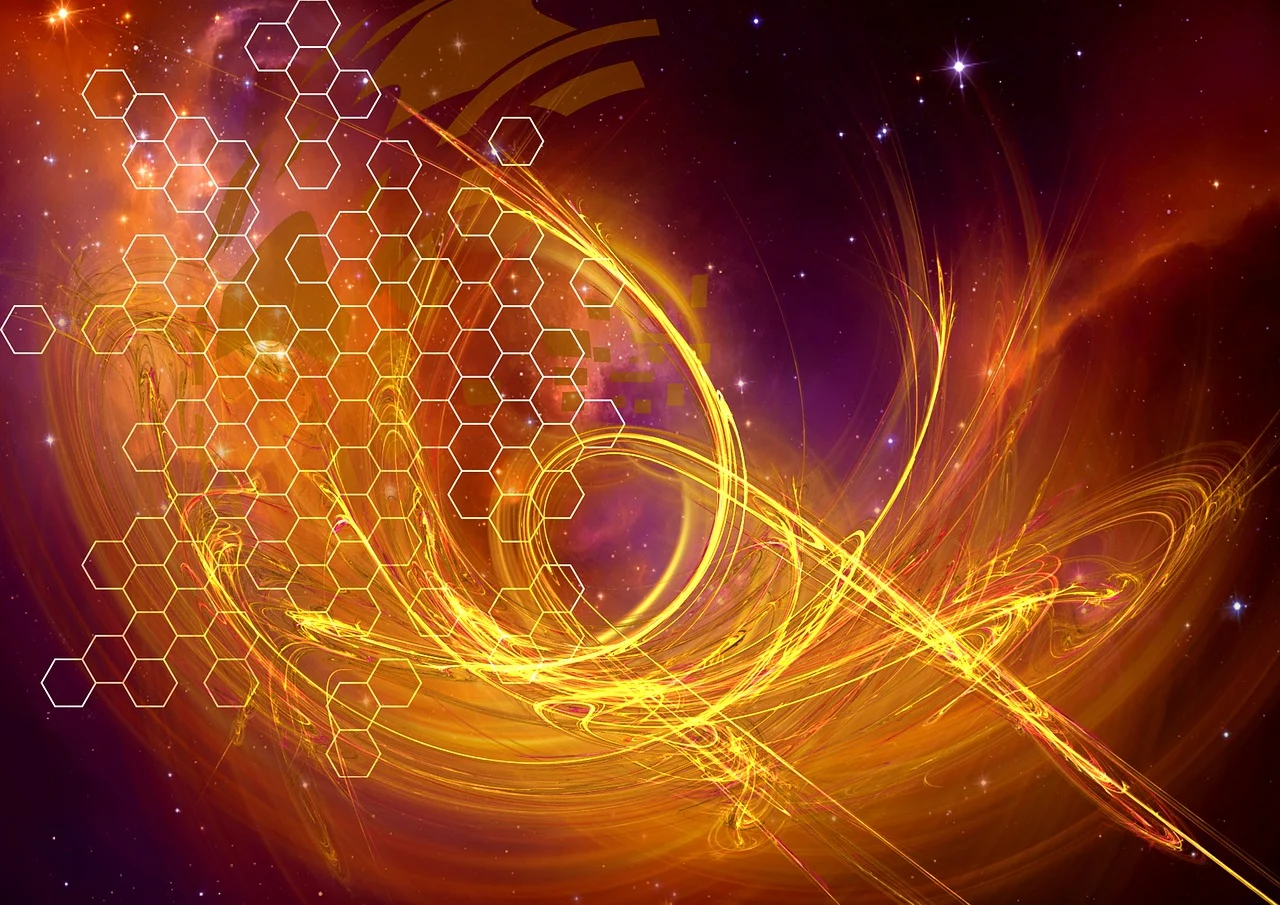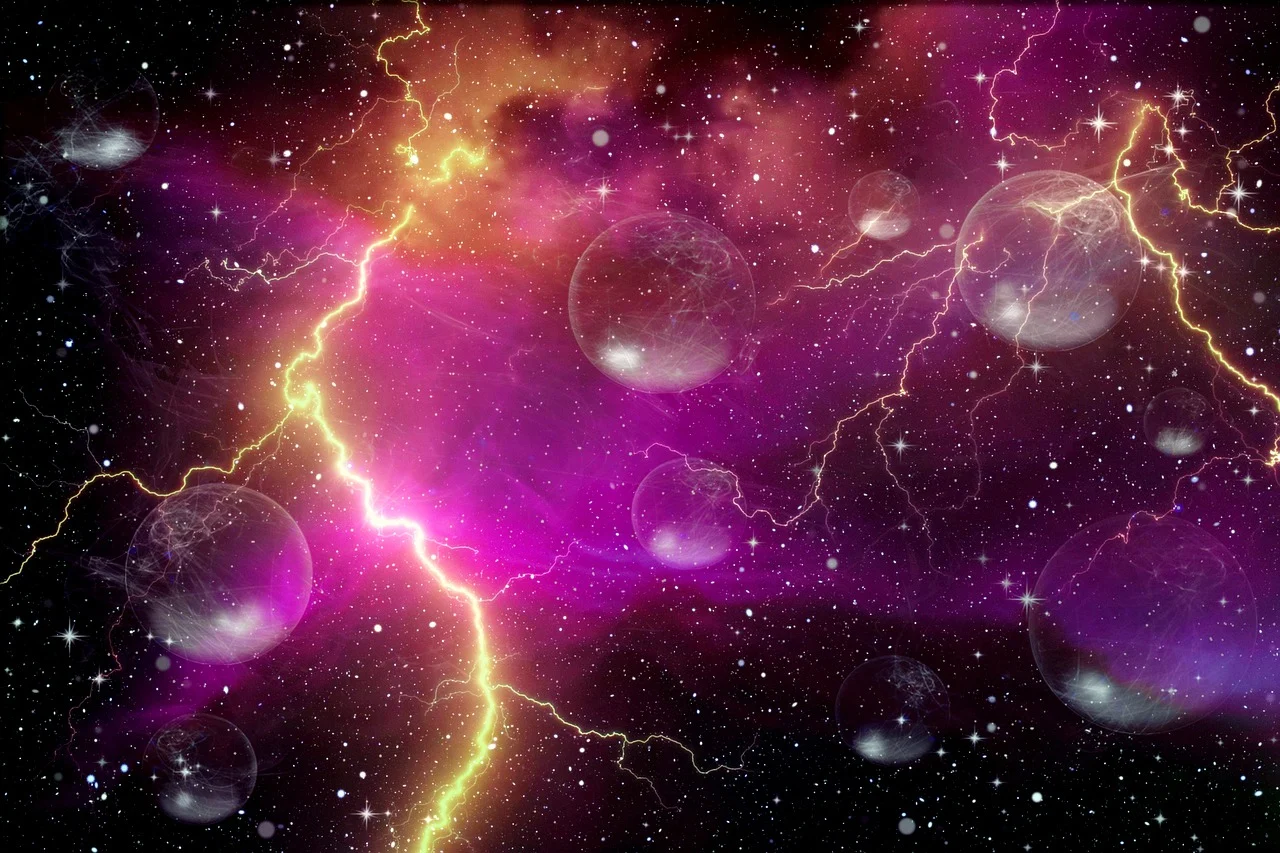Presentation
- Brief outline of physical science and its significance in grasping the universe.
- Verifiable setting: from antiquated regular way of thinking to current material science.
- The job of material science in innovation, designing, and logical headway.
---
Segment 1: Classical Mechanics
1. Introduction to Old style Mechanics
- Outline of old style mechanics and its advancement by Isaac Newton.
- Newton's three laws of movement.
- The meaning of the Principia Mathematica in logical history.
2. Kinematics: The Investigation of Motion
- Fundamental ideas: speed, speed increase, and uprooting.
- Conditions of movement in one and two aspects.
- Shot movement and fast drop.
3. Dynamics: Powers and Motion
- Understanding power and its connection to movement.
- Contact, pressure, typical power, and applied powers.
- Ideas of work, energy, and power.
4. Conservation Regulations: Energy and Momentum
- Protection of mechanical energy.
- Dynamic and likely energy.
- Direct force and its preservation.
- Impacts: versatile and inelastic.

---
Segment 2: Thermodynamics
1. Introduction to Thermodynamics
- Outline of thermodynamic standards and verifiable setting.
- Connection between intensity, energy, and work.
2. The Laws of Thermodynamics
- The Zeroth Regulation: Meaning of warm harmony.
- The Main Regulation: Preservation of energy and the idea of inside energy.
- The Subsequent Regulation: Entropy and the bolt of time.
- The Third Regulation: Outright zero and unreachability.
3. Heat Motors and Efficiency
- Carnot motors and the idea of greatest proficiency.
- Certifiable utilizations of thermodynamics in motors, fridges, and intensity siphons.
- Entropy and the intensity demise of the universe.
4. Statistical Mechanics: The Infinitesimal Perspective on Thermodynamics
- Prologue to measurable mechanics and its relationship with thermodynamics.
- The circulation of particles, energy, and temperature.
- Boltzmann's consistent and the Maxwell-Boltzmann circulation.
---
Segment 3: Electromagnetism
1. Introduction to Electromagnetism
- Outline of electromagnetism and its improvement by James Representative Maxwell.
- Electric charge, electric field, and Coulomb's regulation.
- The idea of electric potential and voltage.
2. Magnetism and Electromagnetic Induction
- Attractive fields and powers.
- Electromagnetic enlistment: Faraday's regulation and Lenz's regulation.
- The connection among power and attraction: Maxwell's conditions.
3. Electromagnetic Waves
- The idea of electromagnetic waves and the electromagnetic range.
- The speed of light and the ramifications of Maxwell's situations.
- Utilizations of electromagnetic waves: radio, microwaves, X-beams, and that's only the tip of the iceberg.
4. Electrodynamics: Circuit Hypothesis and Functional Applications
- Ohm's regulation, Kirchhoff's regulations, and basic circuit examination.
- AC and DC circuits.
- Certifiable applications: power age, transmission, and hardware.
---
Segment 4: Quantum Mechanics
1. The Quantum Revolution
- The verifiable foundation of quantum mechanics.
- Key figures: Planck, Einstein, Bohr, Schrödinger, and Heisenberg.
- The requirement for quantum hypothesis: blackbody radiation, the photoelectric impact, and nuclear spectra.
2. Fundamental Standards of Quantum Mechanics
- Wave-molecule duality: Light as a wave and a molecule.
- The Heisenberg Vulnerability Rule.
- Schrödinger's condition and quantum wavefunctions.
- The idea of quantum superposition and snare.
3. Quantum States and Measurement
- The job of estimation in quantum mechanics.
- The breakdown of the wavefunction and the onlooker impact.
- Quantum burrowing and its applications.
4. Quantum Mechanics in the Cutting edge World
- Utilizations of quantum mechanics: semiconductors, lasers, and quantum figuring.
- Quantum cryptography and the fate of secure interchanges.
- The potential and difficulties of quantum registering.

---
Area 5: Relativity
1. Special Relativity: Einstein's Revolution
- The hypothesizes of unique relativity: the consistency of the speed of light and the relativity of synchronization.
- Time expansion and length constriction.
- The connection among mass and energy: \( E = mc^2 \).
2. General Relativity: Gravity as Bended Spacetime
- The equality standard and the shape of spacetime.
- The math of general relativity: Einstein's field conditions.
- Expectations and affirmations: gravitational waves, dark openings, and the twisting of light.
3. Relativity's Effect on Present day Physics
- Cosmological ramifications of general relativity.
- GPS innovation and the job of relativistic revisions.
- The growing universe and the Enormous detonation.
---
Segment 6: Particle Material science and the Standard Model
1. The Subatomic World
- Prologue to molecule physical science and the disclosure of the electron, proton, and neutron.
- The construction of the iota and the job of quantum mechanics in nuclear way of behaving.
2. The Standard Model of Molecule Physics
- Outline of the essential particles: quarks, leptons, and check bosons.
- The job of the Higgs boson and the beginning of mass.
- The four essential powers: gravitational, electromagnetic, frail, and solid connections.
3. Particle Gas pedals and Detectors
- The job of molecule gas pedals like the Enormous Hadron Collider.
- How molecule impacts uncover the basic structure blocks of issue.
- Late disclosures and continuous trials in molecule physical science.
4. Beyond the Standard Model
- The impediments of the Standard Model: dull matter, dim energy, and the neutrino puzzle.
- Speculations past the Standard Model: supersymmetry, string hypothesis, and quantum gravity.
- The quest for a Fantastic Bound together Hypothesis.
---
Area 7: Cosmology and Astrophysics
1. The Design and Advancement of the Universe
- The Theory of how things came to be and the extension of the universe.
- Enormous expansion and the development of cosmic systems.
- Dull matter and dim energy: The concealed parts of the universe.
2. Black Openings, Neutron Stars, and Other Outrageous Phenomena
- The arrangement and properties of dark openings.
- The existence pattern of stars and the formation of neutron stars.
- Gravitational waves and their importance in present day astronomy.
3. The Destiny of the Universe
- Potential situations for the finish of the universe: Large Crunch, Huge Freeze, and Enormous Tear.
- The job of dull energy in a definitive destiny of the universe.
- Philosophical ramifications of the universe's life expectancy.

---
End
- Recap of the excursion from traditional material science to current physical science.
- The transaction among hypothesis and trial in pushing the limits of information.
- The eventual fate of material science: quantum figuring, space investigation, and the mission for a brought together hypothesis.
- The proceeding with significance of material science in responding to key inquiries concerning the universe.



You must be logged in to post a comment.